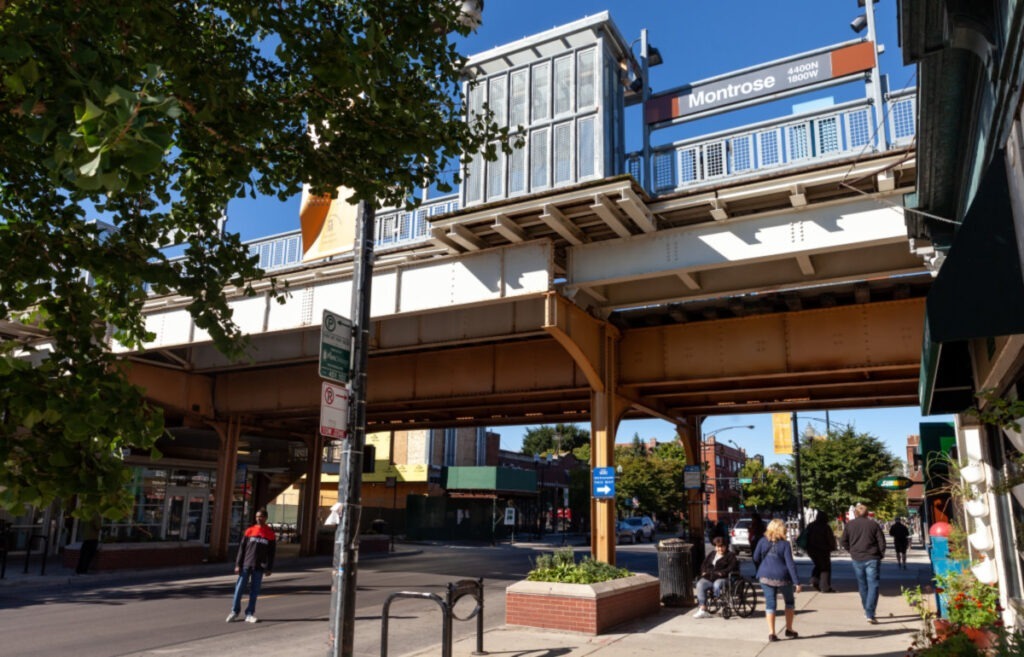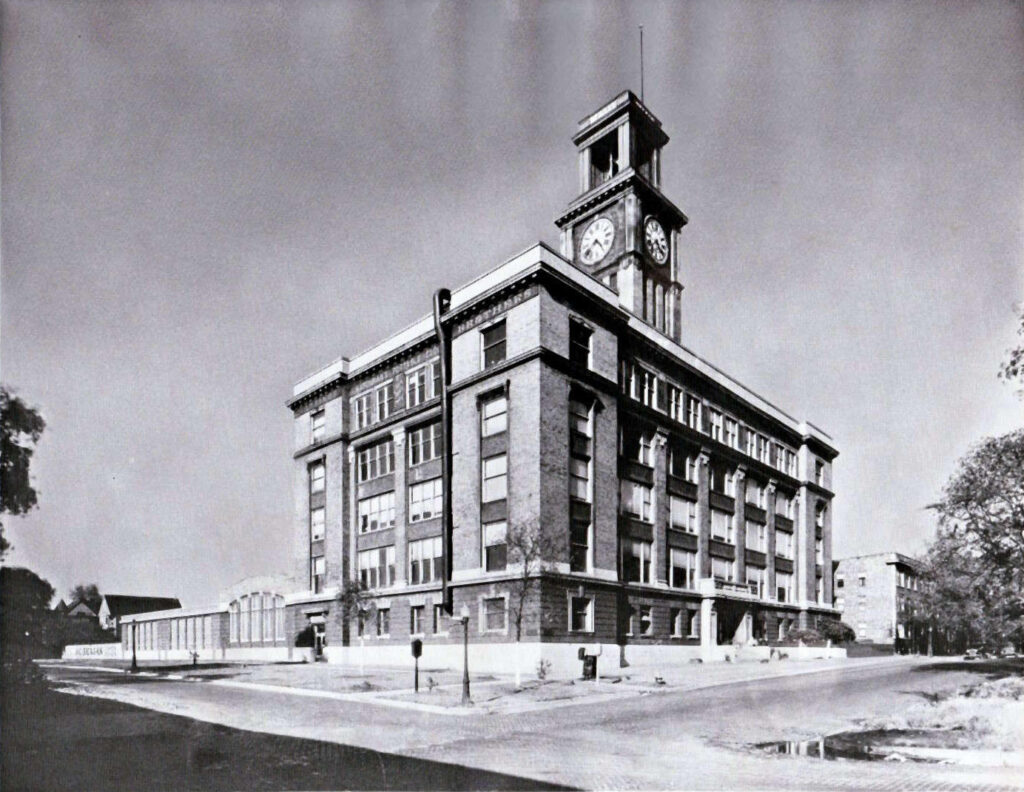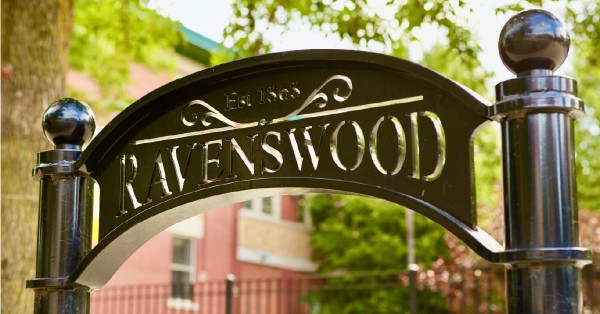
Ravenswood is situated in the North Side of Chicago, but does not have an official designation as one of the city’s 77 defined community areas. Most of it is in the Lincoln Square area, while the part east of Ravenswood Avenue and the railway tracks belonging to the Chicago & Northwestern/Union Pacific North Line falls into the Uptown community.
The history of the Ravenswood neighborhood in Chicago dates back to 1868, when a group of real-estate speculators, known as the Ravenswood Land Company, purchased 194 acres of farmland. The goal was to create a new suburb in the Lake View Township that would be attractive to wealthy commuters who sought out large lots for their homes. Prominent names in the Land Company are Luther L. Greenleaf, Cyrus P. Leland, John P. Wilson, and John H. Kedzie, all of whom have streets named after them in modern-day Ravenswood.
The Chicago & North Western Railroad struck a bargain with the group, resulting in the creation of a new train stop. Individuals could buy one hundred rides for only $7.20! Unfortunately, the idyllic houses with well-manicured lawns were situated near open ditches and mucky roads. The Ravenswood Land Company neglected to construct sewers or sidewalks, and Jefferson Township would not allow the Ravenswood sewers to pass through their territory and enter the Chicago River.
In 1889, the addition of Lake View and Jefferson to Chicago made it possible for Ravenwood to receive its sewers due to the city’s resources and infrastructure. In the early 20th century, the expansion of the “L” furthered Ravenwood’s growth as inhabitants constructed single-family homes, two-flats, and apartment buildings.
Back in 1907, a station was put up at 4530 N. Ravenswood and known as Ravenswood Station. This was shut down in 1949, as part of a restructuring of the CTA service. To take its place, the Ravenswood Branch was opened, which is now better known as the Brown Line.
Between the 1890s and 1920s, Ravenswood saw an influx of infrastructural growth and development. Along Ravenswood Ave, near the North Western Railway Tracks, a corridor of industrial manufacturing flourished. Of particular note was the Abbott Laboratories, founded by Wallace Calvin Abbott, a pharmacist and doctor, in 1888. Furthermore, J.C. Deagan’s musical instrument manufacturing company, which is now Century Mallet Co., still stands in the same building used for the production of marimbas. The Deagan building is a recognizable reminder of Ravenswood’s manufacturing past.

The Ravenswood Conservation Commission was established in the 1950s; it was one of the earliest urban conservation commissions. This committed group of people, who lived and worked in the area, strived to protect their community from deterioration. Their main activities included enacting greening projects, collecting litter, connecting with the community, and even financing a few memorials. In the 1990s, the Commission underwent a transformation and was renamed the Ravenswood Community Council (RCC). RCC continues the Commission’s dedication to environmental protection and community collaboration.
During the later half of the 20th century, a variety of components, including global rivalry and economic downturn, caused the withdrawal of manufacturing companies. These vacated industrial buildings, with their inexpensive rents, generated appeal to an array of new occupants, such as tech start-ups and local artists.

As the demographics of the neighborhood changed, it lured local artists to set up their studios and communities due to the availability of reasonably priced spaces in a mixed-use area. The increase in cultural tourism and the wish to honor the growing and varied creative industry prompted a partnership between Judith Roth, an artist, and the Jane Adams Resource Corporation (JARC). At that time, JARC was an economic development agency and had organized a “Tour of Industry” that highlighted the industrial history of the Ravenswood Corridor.
At the end of 2017, the Greater Ravenswood Chamber of Commerce and the 47th Ward partnered to analyze a variety of topics influencing the Ravenswood Industrial Corridor, including land usage, job developments, conservation of historical elements, transit access and protection, and land and water management.

